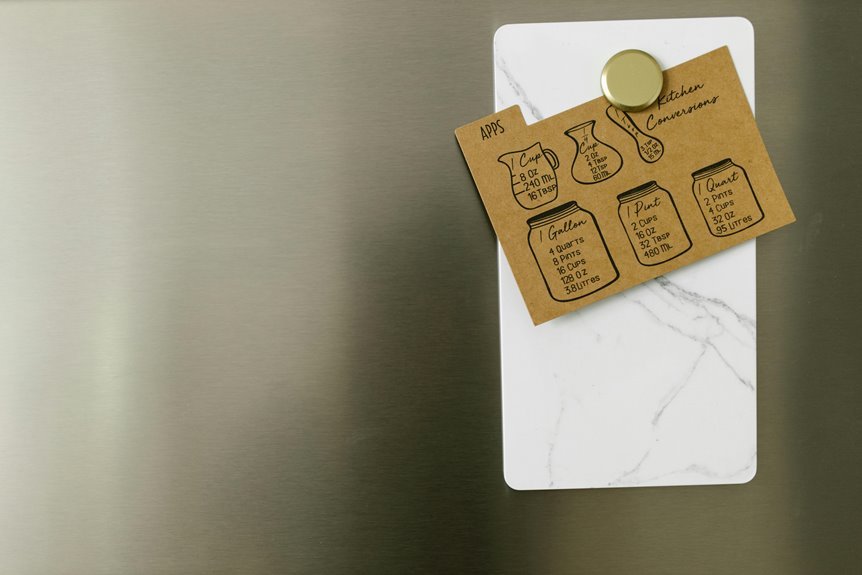Temperature conversion between Celsius and Fahrenheit is a fundamental skill in various fields. Understanding how to accurately convert degrees is essential for effective communication and decision-making. The formula for this conversion is straightforward yet pivotal. For instance, converting 9 degrees Celsius to Fahrenheit illustrates the practical implications of this knowledge. This conversion not only aids in daily activities but also influences broader applications across different domains. The significance of such transformations warrants further exploration.
Understanding Celsius and Fahrenheit Scales
Although various temperature scales exist, the Celsius and Fahrenheit scales remain the most widely recognized and utilized for everyday temperature measurement.
The Celsius scale, rooted in the metric system, defines freezing and boiling points of water at 0°C and 100°C, respectively. In contrast, the Fahrenheit scale, commonly used in the United States, sets freezing at 32°F and boiling at 212°F, reflecting different cultural preferences.
The Formula for Conversion
To accurately convert temperatures between Celsius and Fahrenheit, specific mathematical formulas are employed, ensuring precise results.
The primary conversion method utilizes the equation F = (C × 9/5) + 32. This formula acts as a bridge between the two temperature scales, facilitating efficient conversions for various applications.
Understanding this process is essential for those seeking accuracy in temperature measurements and conversions.
Converting 9 Degrees Celsius to Fahrenheit
Converting 9 degrees Celsius to Fahrenheit provides a clear example of applying the established formula for temperature conversion.
Utilizing the formula (F = (C times frac{9}{5}) + 32), the result is 48.2 degrees Fahrenheit.
This temperature comparison highlights significant weather implications, as it influences perceptions of comfort and the appropriateness of attire, essential for those seeking autonomy in their outdoor activities.
Practical Applications of Temperature Conversion
Understanding temperature conversion is essential for various practical applications, particularly in fields such as meteorology, cooking, and healthcare.
Real-world examples include adjusting recipes for optimal flavor and ensuring accurate medication dosages. The temperature impact on weather predictions and food safety underscores the importance of precise conversions.
Mastery of temperature units empowers individuals to make informed decisions, enhancing their autonomy in daily life.
Conclusion
In conclusion, the conversion of 9 degrees Celsius to Fahrenheit exemplifies the practical utility of temperature scales in everyday life. By utilizing the established formula, individuals can effortlessly translate temperatures, enhancing their decision-making across various contexts. Interestingly, approximately 95% of the world’s population uses Celsius as their primary temperature scale, underscoring the importance of understanding both systems for effective communication. Mastering these conversions not only facilitates informed choices but also bridges cultural divides in temperature interpretation.





